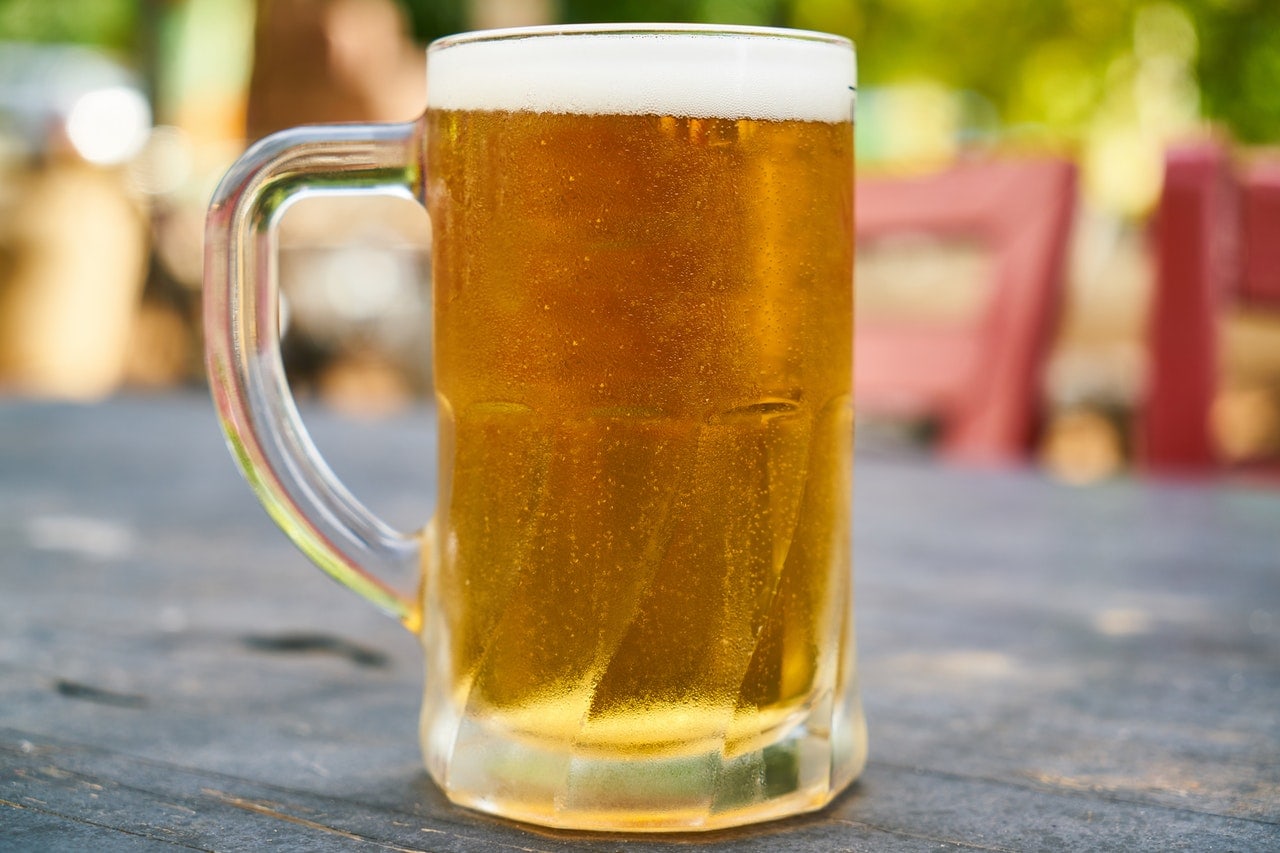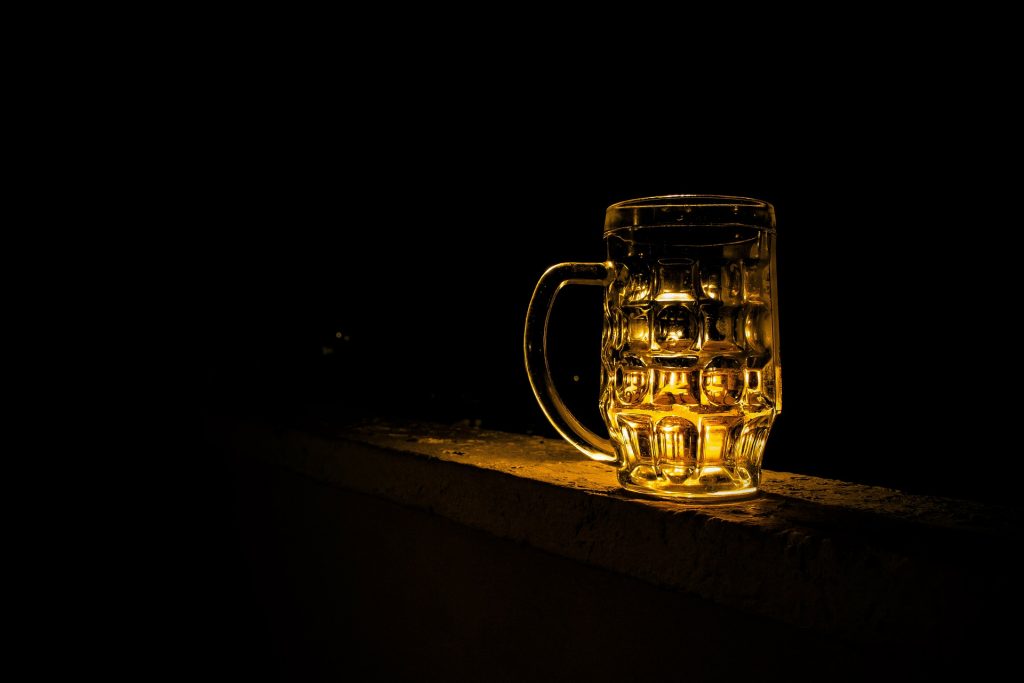
Your own beer? Brewing your own amber beverage is becoming more and more popular. As usual, the hardest thing is to start the adventure which, with time, may turn into a real passion. Of course, your efforts will not be without reward: it will be not only satisfaction but also delicious home-brewed beer
Before we get down to the actual brewing of beer, a little space should be devoted to the equipment that a real brewer should have. The most important equipment are:
Contrary to what you might think, hops are only a flavoring additive to beer, which is made from malt. So the basic ingredients will be:
Home brewing can be started in two ways. The simpler one will be a purchased brewkit, which is a ready-made brewing kit. Usually you’ll find there hopped malt extract which looks like thick syrup, but also yeast along with instructions on how to make beer. The advantage, of course, is that the process is shorter and there is less chance of things going wrong. An alternative is to mash the malt yourself, which means boiling it at the right temperature for several hours. The filtrated wort becomes a semi-finished product used for making beer

The best solution is to go to specialized brewery stores or online shopping e.g. at Homebrewing, Twój Browar or Esencja Smaku. Brewkit can be easily bought in online stores.
Although different recipes can be used and the proportions of ingredients can vary, each malt beer brewing process can be described as repetitive. It follows a sequence that the beginning brewer must be familiar with:
The purpose of this stage is to get the sugar into the water. Mashing is performed until the iodine no longer colors the malt sample (this indicates full utilization). The grated malt is added to water heated in a pot at a ratio of 1 kg to 3 l of water. The mash is stirred with a spoon. It is usually brought to a temperature of 65 degrees C and kept there for one hour
This is done to make the wort. We pour the liquid into a fermenter (bucket) equipped with a faucet. A tube helps to check whether the beer is getting clear. Cloudy liquid is poured back into the fermenter; clear liquid can go into the brewing pot.
The wort is brewed by boiling for one hour. This is the time it takes to add up to three doses of hops. After one hour of boiling, we cool the liquid to 20 degrees C. Care should be taken to ensure its sterility
Pour the cooled wort into a fermenter. Add yeast, but without stirring
The yeast causes the so-called turbulent fermentation to start, the liquid foams. It takes a few days for it to finish. Check the progress with a sugar meter. It is followed by silent fermentation when the beer matures in another, tightly closed fermenter (bucket). For two weeks, the beer reaches clarity.
Refermentation involves pouring into another fermenter. Glucose or extract is then added to the beer. The beer is poured into bottles and capped – it is very important that the vessels are sterile
Photo: Engin Akyurt/Pexels